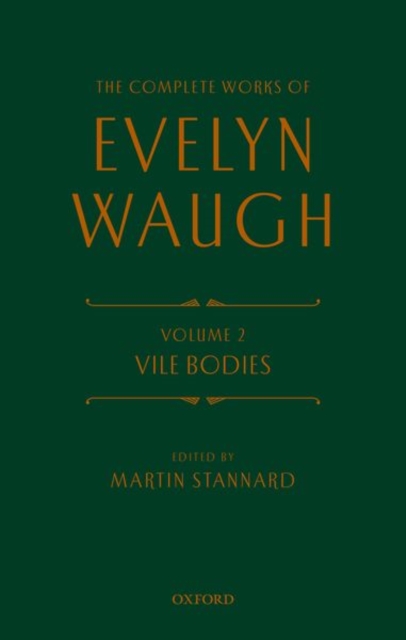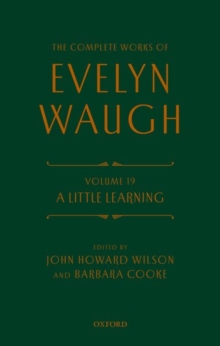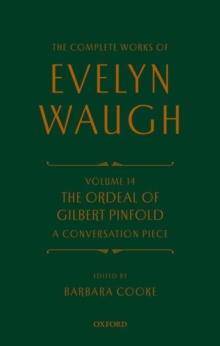
The Complete Works of Evelyn Waugh: Vile Bodies : Volume 2 Hardback
by Evelyn Waugh
Edited by Martin (University of Leicester) Stannard
Part of the The Complete Works of Evelyn Waugh series
Hardback
Description
This volume is part of the Complete Works of Evelyn Waugh critical edition, which brings together all Waugh's published and previously unpublished writings for the first time with comprehensive introductions and annotation, and a full account of each text's manuscript development and textual variants.
The edition's General Editor is Alexander Waugh, Evelyn Waugh's grandson and editor of the twelve-volume Personal Writings sequence. This is the first critical edition of Waugh's celebrated novel, a work that is unapologetically modernist in form and tone.
The history of Vile Bodies presents an intriguing bibliographical and biographical detective story, not least because Waugh's first wife left him when he was in the middle of writing it.
Drawing on previously unpublished correspondence, this edition plots the novel's composition against the cultural backdrop of the 1929 'Flapper's Election', the world of the Bright Young People, and the Wall Street Crash.
An introduction and textual analysis explores a range of questions, including: Why were Waugh's corrections to the only extant typescript ignored?
What is the evidence to suggest the very point in the autograph manuscript at which Waugh broke off upon learning of his wife's affair?
Did he go back over the previous chapter adding darker touches, and, on returning to composition, use the book as a form of public letter to his wife?
What readings did the typist invent through mistranscription?
Information
-
Available to Order - This title is available to order, with delivery expected within 2 weeks
- Format:Hardback
- Pages:432 pages
- Publisher:Oxford University Press
- Publication Date:14/09/2017
- Category:
- ISBN:9780199683451
Information
-
Available to Order - This title is available to order, with delivery expected within 2 weeks
- Format:Hardback
- Pages:432 pages
- Publisher:Oxford University Press
- Publication Date:14/09/2017
- Category:
- ISBN:9780199683451










